A changing Bering Sea is influencing weather far to the south, scientists say
Researchers are drawing increasingly clear links between the loss of ice in the Bering Sea and extreme weather events elsewhere.
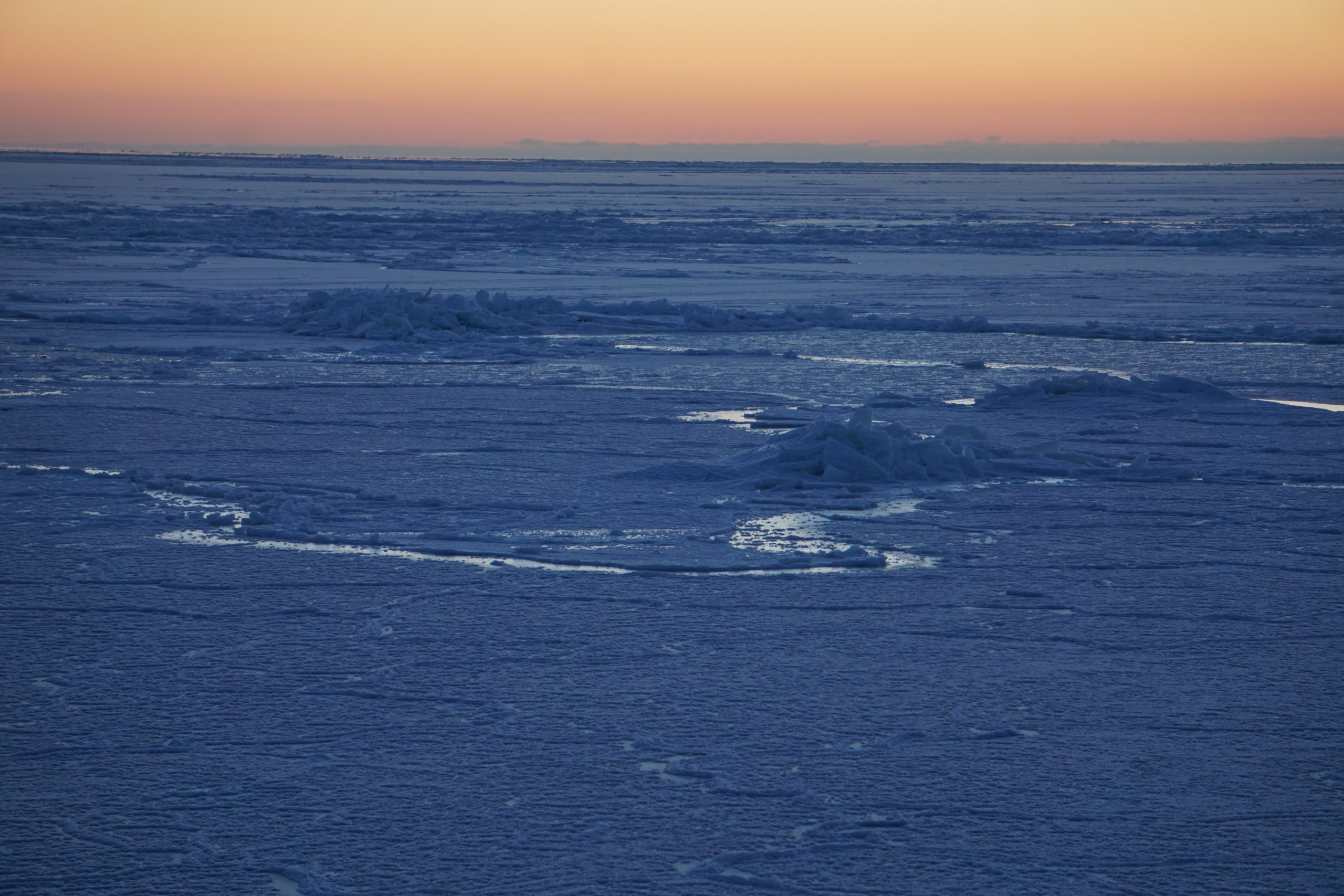
The Bering Sea region, the Pacific gateway to the Arctic Ocean, is home to ecosystems on land and in the ocean that are both abundant and fragile. It’s also changing very quickly — and those changes offer a preview of the changes in store for other parts of the Arctic. This story is part of an ArcticToday series on the changing Bering Sea — and what those transformations mean for fish, wildlife and people.
Warming and thawing in the Bering Sea, which has erased winter ice and scrambled and rearranged the marine ecosystem, is also affecting areas thousands of miles away.
Droughts in California, smog in China and other extreme events in the middle latitudes — most recently, the bitter cold that paralyzed Texas — are linked by cascading atmospheric forces in which the transforming Bering Sea plays a role, scientists say.
“It’s all connected in the end. You can’t have a big change in one place and not have it change everything,” said Jennifer Francis, a senior scientist at the Woodwell Climate Research Center and expert on the connections between the Arctic and the global weather and climate systems.
As goes the Bering Sea, which is the Pacific gateway to the Arctic, so goes the Chukchi Sea on the north side of the Bering Strait, scientists have found. And as goes the Chukchi, so goes the entire Arctic, which serves a crucial role as the planet’s air conditioner.
Hundreds of miles inland from the Bering Sea, at the University of Alaska Fairbanks, physical oceanographer Seth Danielson is monitoring the moving pieces of the climate ecosystem. One standout factor, he said, is the loss of ice in the Bering Sea.
“The waters start warmer in the fall, so we are making less ice. The air temperature is warmer so we are having less ice in the winter,” he said. “At some point, you have to assume that what you think is normal has changed.”
Danielson has been studying Alaska’s ocean systems for decades. He leads a UAF oceanography group conducting long-term studies and has himself been on dozens of research cruises in Arctic and subarctic waters, documenting rising temperatures, diminishing ice and associated effects in the flow of currents and marine life.
And ice — or, increasingly, the lack of ice— is an important part of the Bering Sea’s transformation and the far-ranging impacts of those changes.
The Bering-Chukchi connection
The Bering Sea holds a pivotal role, Danielson said, because of its location at a critical point on the massive marine conveyor belt that regulates the world’s oceans. The Pacific Ocean rests at a higher elevation than the Atlantic Ocean, so water from the Pacific runs downhill through the Bering Strait into the Chukchi Sea, he said.
That means the heat that the Bering collects from the south pours through that narrow strait separating Alaska from Russia. That heat is building as increasingly open and dark-surfaced Bering Sea absorbs more of the sun’s rays rather than reflecting the energy with white ice.
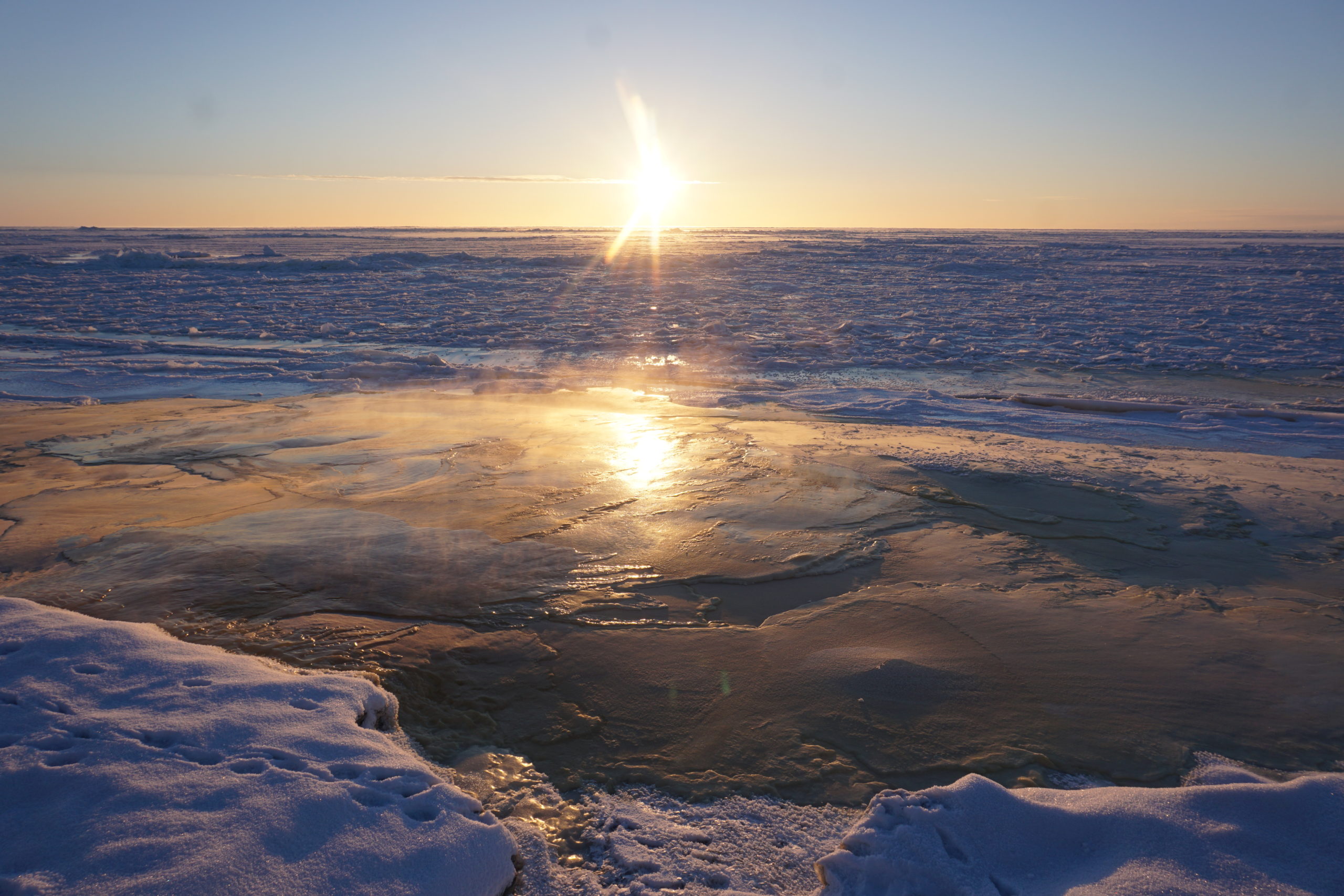
Danielson and his colleagues in the UAF oceanography group and other institutions have been able to track the movement of heat from the Bering into the Chukchi with instruments on fixed moorings at strategic spots in the marine system.
That heat flow accelerated in just a few years. In the 2014-to-2018 period, the amount of heat going through the Bering Strait into the Chukchi was about 43 percent higher than the amount prior to 2014, according to the most recent calculations, which Danielson presented at this year’s Alaska Marine Science Symposium, held online in January.
Effects intensify as heat moves north.
Though the Bering Sea is undergoing a well-recognized transformation, with record-low and near-record-low winter ice amounts in recent years, the Chukchi Sea is in some ways changing more dramatically, he said.
Danielson and his colleagues quantified temperature differences in a study published in May of 2020. In the Bering Strait, temperatures increased at a rate of 0.27 degrees Celsius per decade from 1991 to 2015, mooring measurements showed. But in the Chukchi, temperatures increased by 0.43 degrees per decade since 1990, the measurements showed.
Every 1 degree Celsius of warming in the Chukchi delays freeze-up by about three weeks, Danielson said. Such delays are documented in the satellite record, which shows that type of ice extent that used to be normal in October is appearing much later — not until December in recent years.
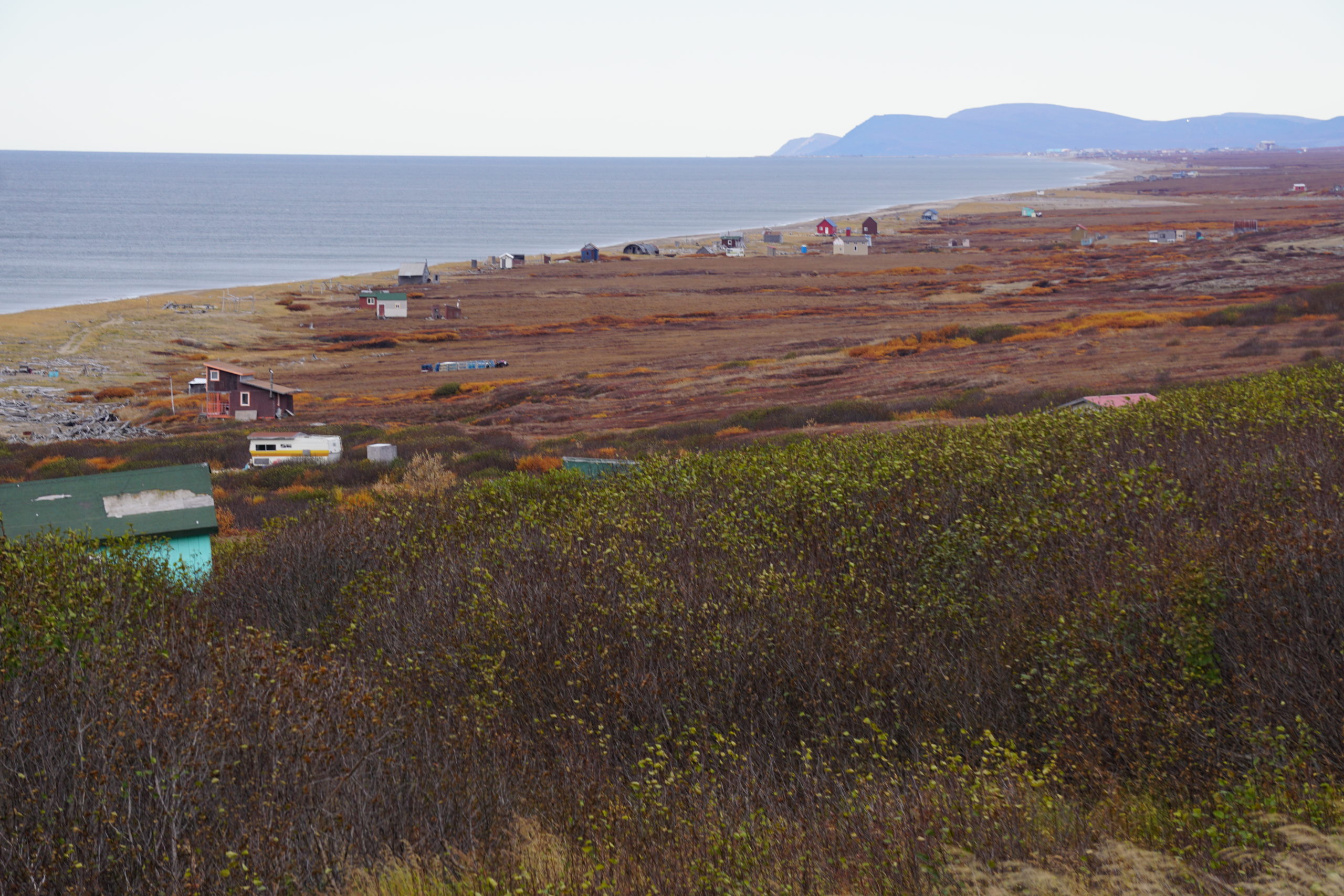
That delay in freezing means the ocean and atmosphere absorb more heat over longer periods, Danielson said. With the extra heat now cast off by the Chukchi in the fall, “You would heat the whole Arctic by something like a degree (Celsius),” he said, referring to not just all the seas but also all the land above the Arctic Circle. “The Chukchi is a clear center of action for delivering heat to the Arctic,” he said.
Francis is among the climate scientists collecting evidence about how this self-reinforcing Arctic warming is influencing weather far to the south.
Of particular concern to the mid-latitudes, as Francis and other climate scientists describe it, is the influence of the Arctic on the northern jet stream.
Amplified Arctic warming reduces the temperature difference between the Arctic and the midlatitudes. That can interfere with the jet stream, weakening it and diverting its normal west-to-east flow. And a weakened jet stream in turn can affect the Polar Vortex, the counter-clockwise flow of air that holds cold at the poles.
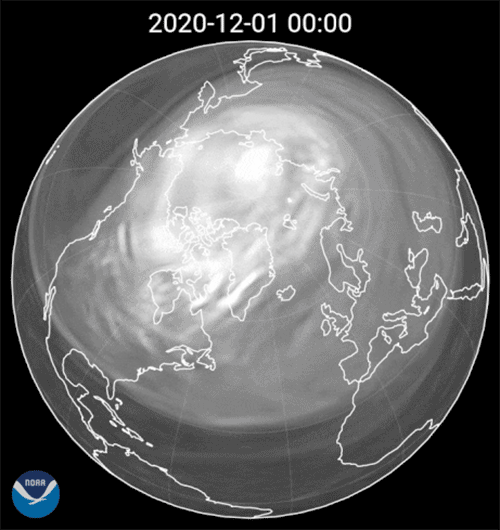
A wobbly jet stream, when it disrupts the Polar Vortex, pushes cold polar air south — as has happened with the Texas storm — pulls warm southern air north, slowing weather patterns, sometimes causing them to get stuck.
Wavy jet stream patterns that distort the Polar Vortex can be natural occurrences, but they are becoming more frequent as the Arctic warms, Francis said.
“It’s happened almost every year since 2012,” she said, citing the year when Arctic sea ice reached its record-low minimum extent.
Among the effects is what UCLA climate scientist Daniel Swain has famously dubbed the “Ridiculously Resilient Ridge,” an implacable high-pressure system that is appearing with greater frequency over California and is linked to drought and wildfires there. Similarly stuck weather patterns, Francis said, have produced other extreme events, such as a late-winter deep freeze in the U.S. northeast, extreme rainfall in Europe and stagnant air pollution in China.
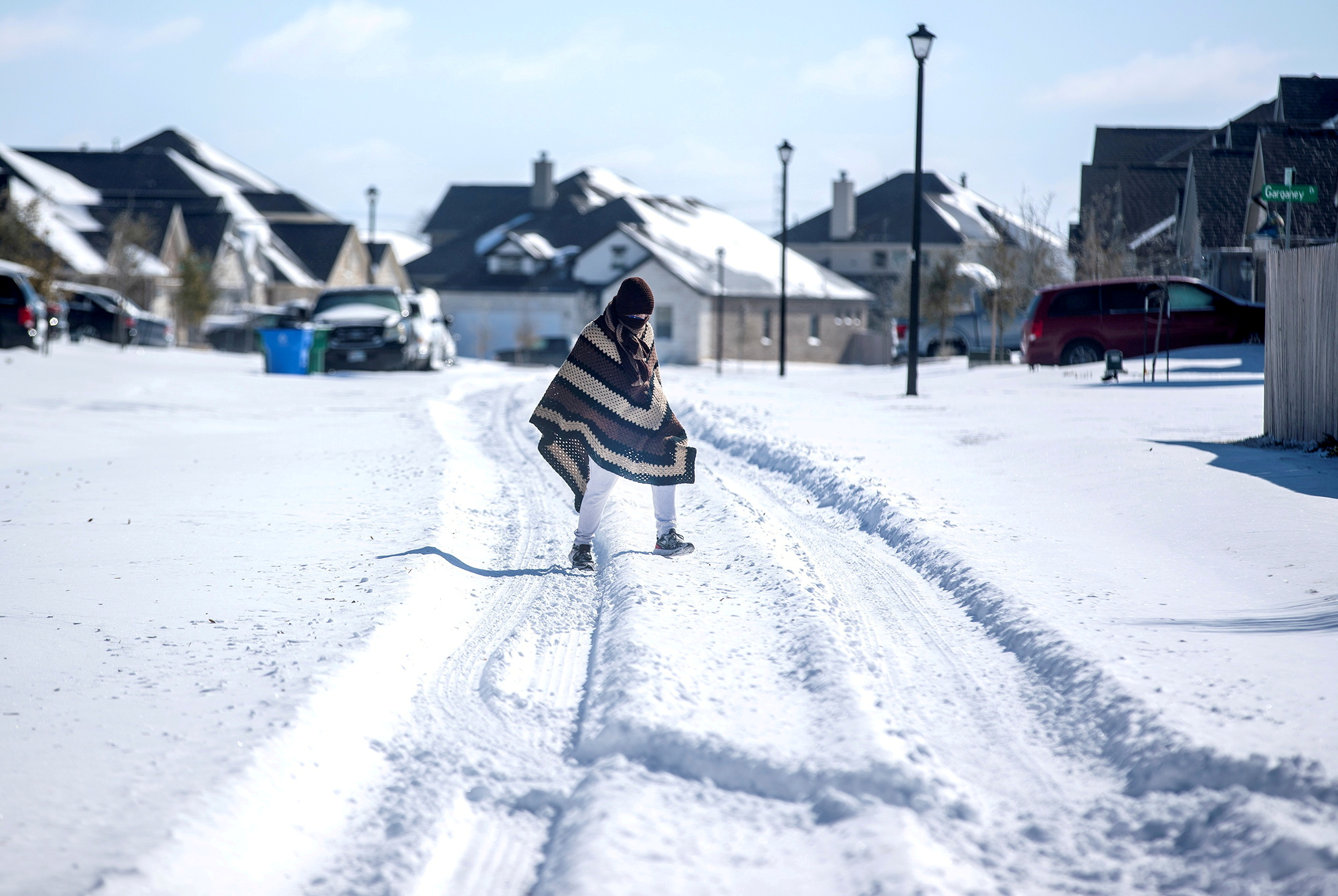
Some scientists have fingered Bering and Chukchi ice loss specifically as the direct cause of faraway weather disruptions. Japanese scientists, in a study published in the American Meteorological Society’s Journal of Climate, pinned blame for the 2017-2018 North American cold spell on the lack of Bering and Chukchi ice. A team of Chinese scientists, in a 2014 study, linked low Bering and Chukchi sea ice to poor rice crops in that country.
The link between ice and atmosphere
Another and more regional weather Bering Sea engine that affects lower latitudes is the Aleutian Low, defined by the National Oceanic and Atmospheric Administration as “a semi-permanent, subpolar area of low pressure located in the Gulf of Alaska near the Aleutian Islands.” The Aleutian Low generates storms and is most active from late fall to late spring, according to the National Weather Service.
The Aleutian Low is an endemic feature in the Bering, with regional atmospheric pressure normally lower than the global average, said Brian Brettschneider, a National Weather Service climatologist based in Anchorage. To the west is a similarly endemic system called the Siberian High, an area where atmospheric pressure is normally higher than the global average, Brettschneider said. The juxtaposition of the Aleutian Low and the Siberian High creates an atmospheric pathway for storms, he said.
In its normal position, the Aleutian Low helps maintain the jet stream in its normal west-to-east flow. But when the Aleutian Low shifts north or west to the Russian side of the Bering, high pressure can move to the Gulf of Alaska in its place, helping to bend the jet stream.
That shift of the Aleutian Low to the west or the north could be tied to the shrinking of Bering ice and the warming effect that open waters have in late fall and winter, scientists say.
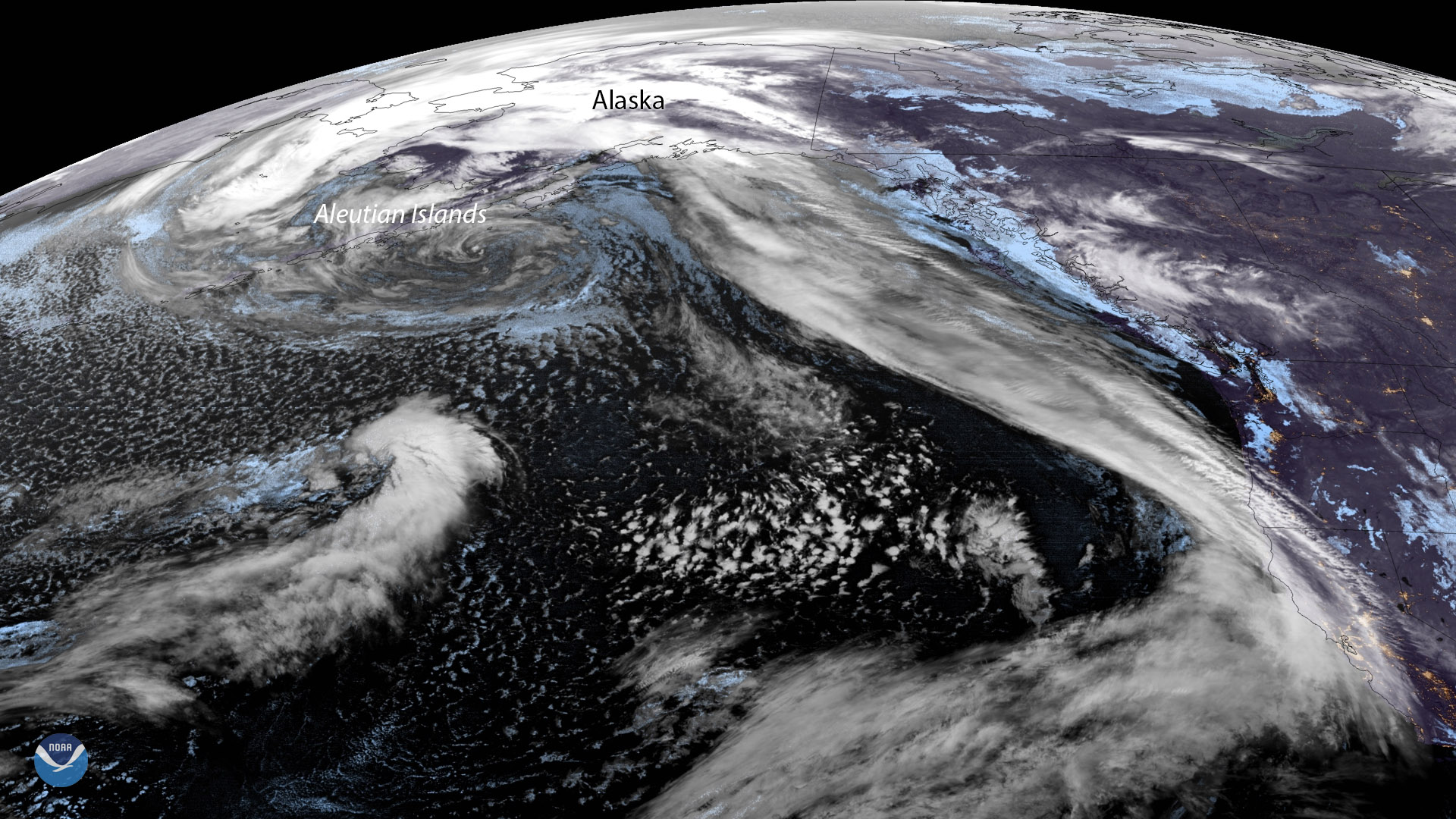
Jim Overland, a research oceanographer and Arctic expert with the National Oceanic and Atmospheric Administration, hypothesizes that because ice is increasingly absent, newly persistent warmth in the eastern Bering Sea shifts the Aleutian Low west to an area off Russia’s Kamchatka. The resulting rearrangement of pressure ridges allows winds to swoop in from the south to either prevent ice formation or melt ice that has formed, according to his hypothesis. The combination of thinned ice plus southerly winds plus various other random factors causing occasional chaotic weather extremes leads to more thinning, more heat and more southerly winds — in short, “a new overall sea ice loss mechanism in the Bering Sea,” as Overland put it in a recent study that described a future of increased Arctic-wide vulnerability.
Those Bering Sea changes, Overland predicts, contribute to an Arctic system that’s becoming less resilient to change and is bound to be rocked by more extreme events in the future. In a presentation to the Alaska Marine Science Symposium that summarized his recently published study, Overland predicted “an increase in radical uncertainty” for the Arctic, with spinoff effects like extreme cold events in the midlatitudes.
The idea that Bering ice loss affects the Aleutian Low is supported by other scientists. A Russian team, in a study published in December, tied the westward shift of Aleutian Low to loss of Bering ice during the sea’s 2014-2016 extreme warming. A Korean team has predicted that Aleutian Low patterns will intensify as ice loss continues in the Bering and the adjacent Sea of Okhotsk in Russia. Loss of ice “increases the surface air temperature and makes pressure lower over the Bering Sea and the Aleutian Islands,” said their study, published in June.
Bering Sea disturbances go both ways.
Heat in the Gulf of Alaska, as Danielson’s team has documented, flows north to the Bering Sea shelf. And as heat in the Gulf of Alaska’s waters has increased, more of it has flowed into the Bering; new measurements show a 12 percent increase in that heat flow in years after 2014, Danielson said in his presentation to the Alaska Marine Science Symposium. The massive marine heat waves that emerged in the North Pacific — dubbed the “Blob” for the event that started in 2014 and the “Blob 2.0” for the 2019 follow-up — have been definitively linked to human-caused climate change.
In addition to heat, fresh water from melting glaciers in southern Alaska is pouring into the Gulf of Alaska and then into the Bering Sea through an opening in the Aleutian chain, altering salinity patterns, according to Danielson’s study. Together those melting glaciers’ freshwater contribution to the Bering is likely “just as big as the Yukon River, or even bigger,” Danielson said.
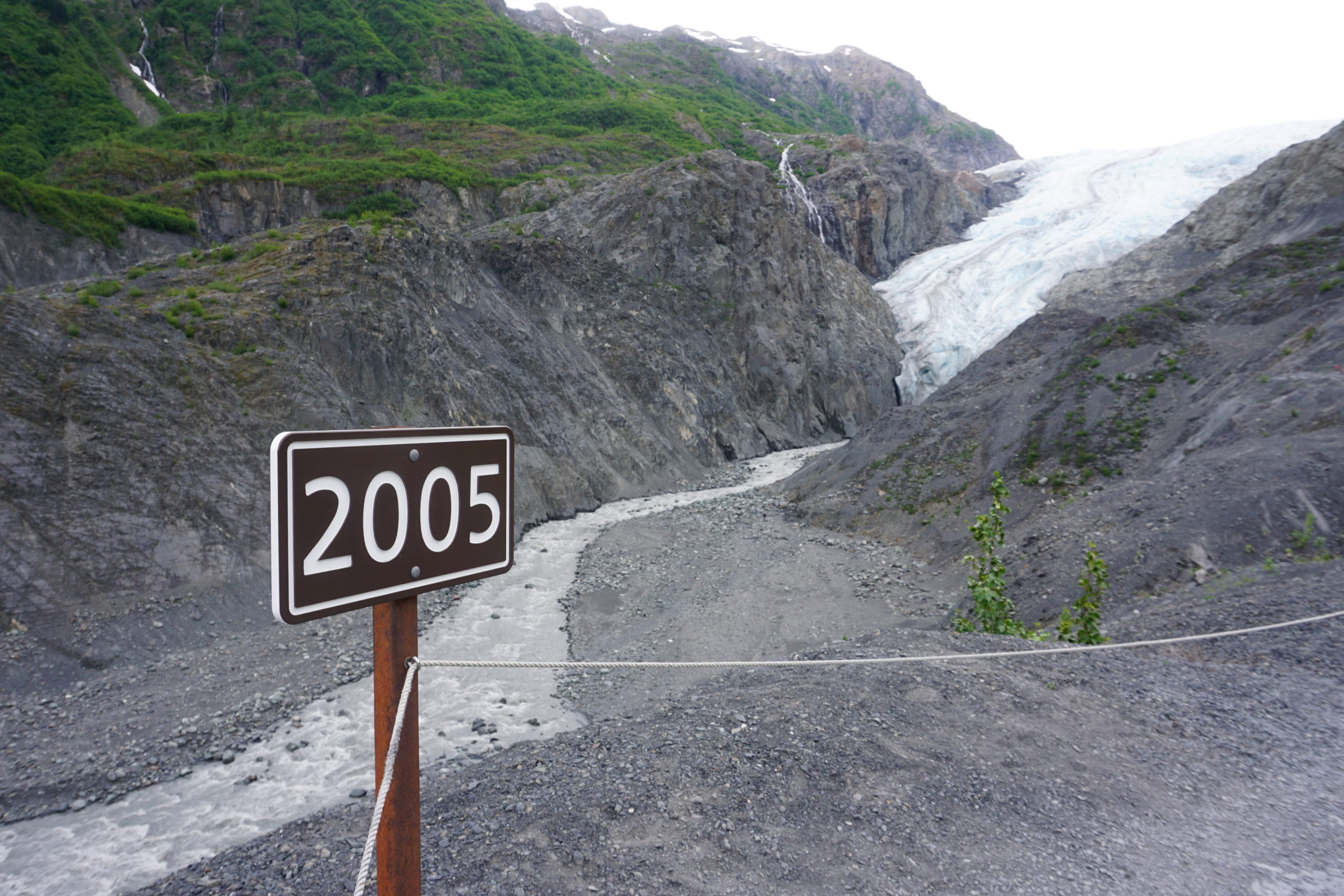
The Yukon River, one of the world’s major Arctic rivers, is itself being changed by the warming climate, with a shortened freeze season and thawed permafrost along its banks. As permafrost thaws, sediment loads reaching the Bering Sea are increasing, as described in a new study by scientists at the University of Illinois.
With so many interconnected forces causing change, is the transforming Bering Sea responsible for disruptions in the rest of the world or is the rest of the world responsible for the Bering Sea’s transformation?
To Francis, the culprit is clear: Human emissions of greenhouse gases into the atmosphere are to blame. Those carbon emissions are causing the warming that, in turn, feeds the spiral that has ensnared the Bering, making it more of a victim than a culprit in climate chaos, as Francis explains it.
“I really think it’s the atmosphere driving what happens in the Bering Sea,” she said. “The ice is thinning, it’s open longer, all of those things are totally tied to emissions. There’s no other explanation.”
This story was supported by a Western Journalism and Media Fellowship from Stanford University’s Bill Lane Center for the American West.